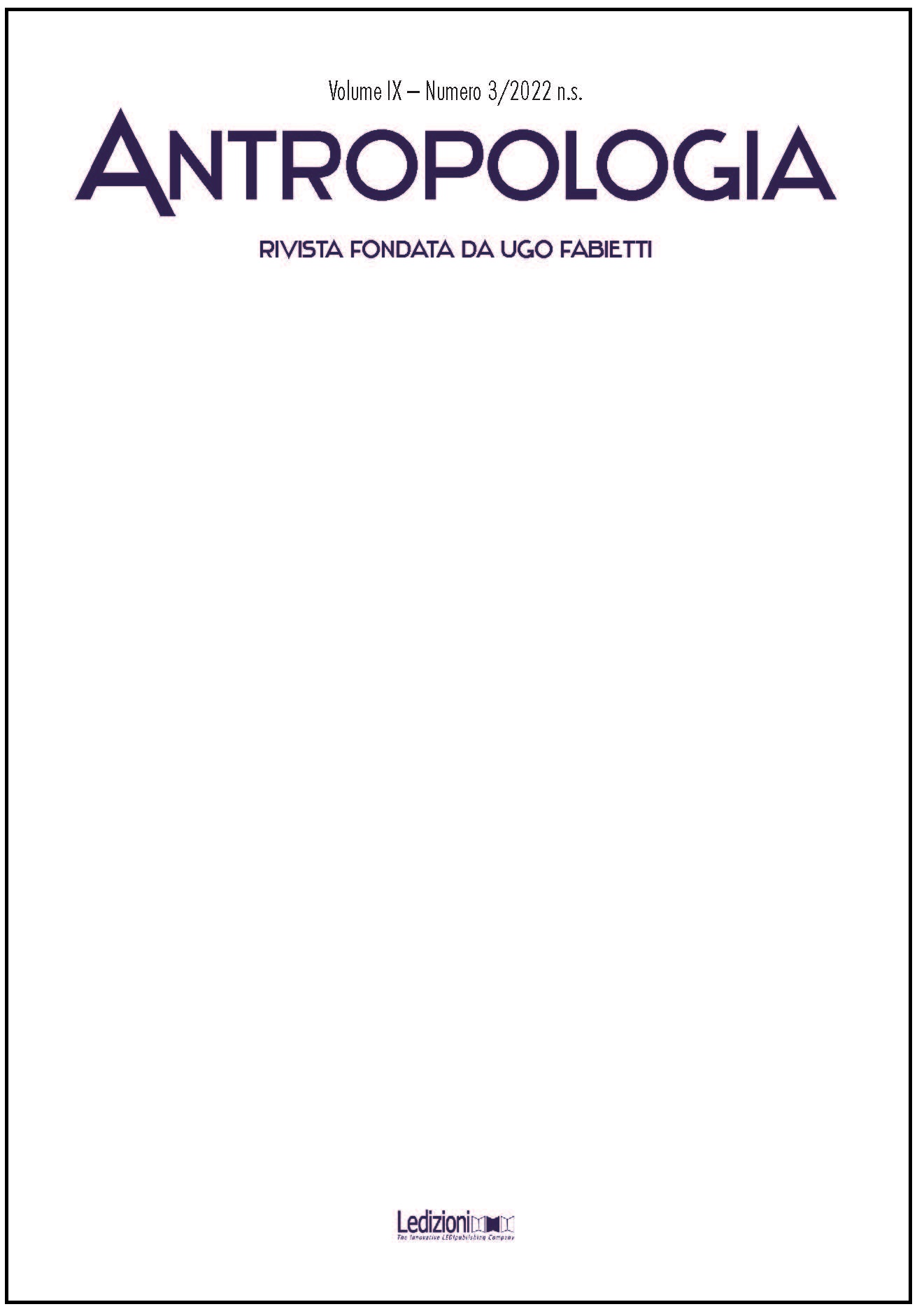Etnometeorologia e crisi climatica. Il pronostico del tempo atmosferico nella comunità nahua di San Isidro Buensuceso, Tlaxcala, Messico
DOI:
https://doi.org/10.14672/ada20223pp189-208Parole chiave:
crisi climatica, popoli indigeni, saperi ecologici locali, etnometeorologia, Messico nahuaAbstract
Il presente contributo si pone come obiettivo quello di mettere in luce l’importanza di un dialogo transdisciplinare tra scienza ufficiale e saperi locali di fronte alla crisi socio-climatica in atto. Dalla ricerca etnografica presso la comunità di San Isidro Buensuceso, in Messico, è emersa la centralità del complesso etnometeorologico nahua, che affonda le radici nella cosmovisione preispanica e che si delinea come strumento chiave per leggere e comprendere i mutamenti climatici in corso. In questa sede sono state prese in considerazione due modalità di pronosticare il tempo atmosferico: le previsioni a breve termine attraverso l’osservazione delle nubi, degli astri e del comportamento animale, e il pronostico a lungo termine tramite il metodo delle cabañuelas. Un dialogo tra queste forme di conoscenza locali e i saperi ufficiali si delinea come una strada da percorrere per una migliore comprensione dei mutamenti climatici su scala locale e per favorire la ricerca di modalità di mitigazione e di adattamento alla crisi in atto.
##submission.downloads##
Pubblicato
Fascicolo
Sezione
Licenza

TQuesto lavoro è fornito con la licenza Creative Commons Attribuzione 4.0 Internazionale.
- Gli autori mantengono i diritti sulla loro opera e cedono alla rivista il diritto di prima pubblicazione dell'opera, licenziata sotto una Licenza Creative Commons - Attribuzione che permette ad altri di condividere l'opera indicando la paternità intellettuale e la prima pubblicazione su questa rivista.
- Gli autori possono aderire ad altri accordi di licenza non esclusiva per la distribuzione della versione dell'opera pubblicata (es. depositarla in un archivio istituzionale o pubblicarla in una monografia), a patto di indicare che la prima pubblicazione è avvenuta su questa rivista.




